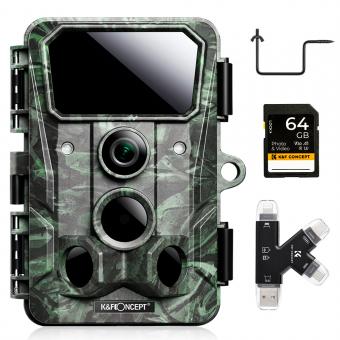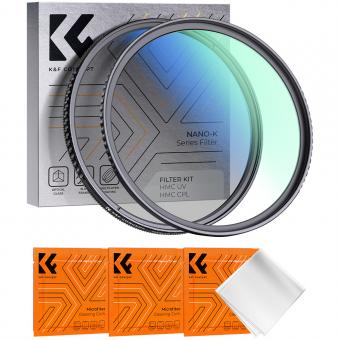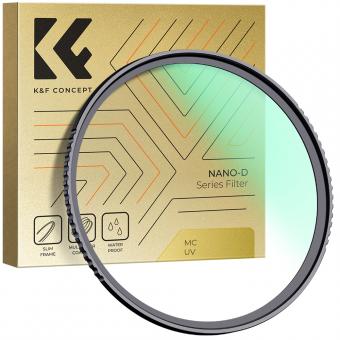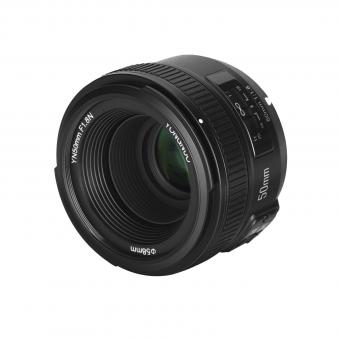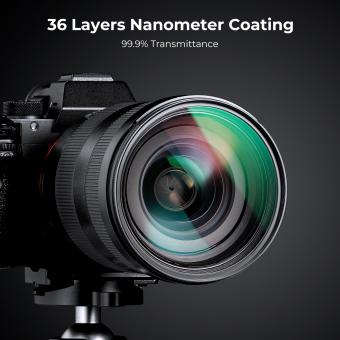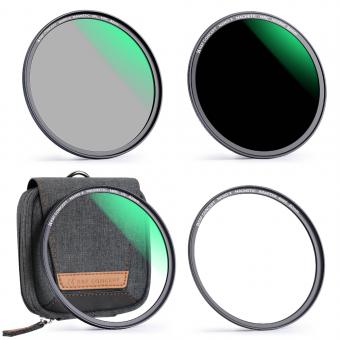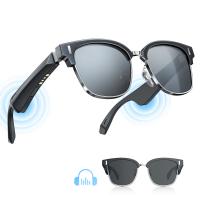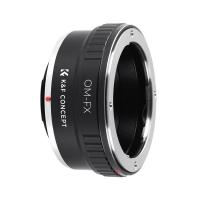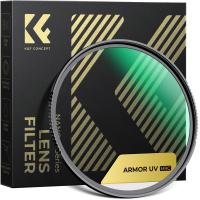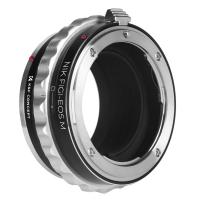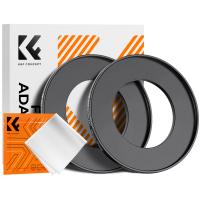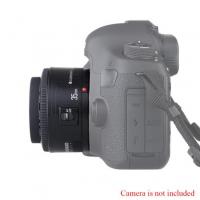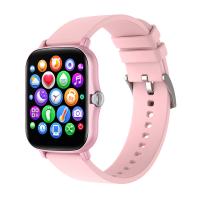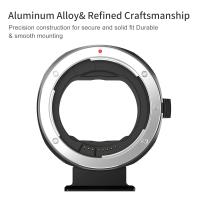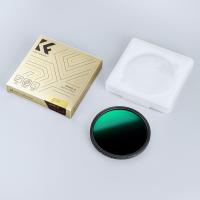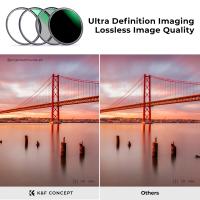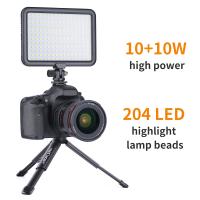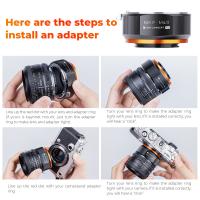What People Look Like Under Uv Filter?
The unseen world is often brimming with hidden details waiting to be discovered, and ultraviolet (UV) light is one such tool that unveils aspects of our surroundings and our very selves that are invisible to the naked eye. By perceiving what people look like under a UV filter, we can make surprising revelations about their skin, the effectiveness of sunscreens, hidden damages, and even hygiene levels. This exploration isn't just of scientific curiosity; it holds practical implications for dermatology, skincare, and general wellbeing. Let’s delve into what UV light reveals about human appearances and how this information can be practically applied.

The Science Behind UV Light
Ultraviolet light falls outside of the visible spectrum for humans, occupying wavelengths shorter than visible light but longer than X-rays. UV light is subdivided into three types: UVA, UVB, and UVC. Of these, UVA is the longest wavelength and is responsible for tanning and some photodamage. UVB is what causes sunburn and has a strong link to skin cancer. UVC, fortunately, is absorbed by the Earth's atmosphere and does not reach us.
UV Imaging: Revealing Underlying Skin Conditions
When someone’s face is exposed to UV light via a UV camera or filter, the results can be startling. UV light is able to penetrate different layers of skin, revealing subdermal pigmentation and damages that aren’t visible in regular daylight. Here’s what you might find:
1. Sun Damage and Hyperpigmentation: UV images often highlight sun damage and hyperpigmentation that is not yet visible on the surface. These appear as dark spots or patches. Early detection through UV imaging can be a crucial step in preventive dermatology, allowing individuals to take proactive measures against further damage.
2. Sunscreen Effectiveness: Applying sunscreen faithfully is crucial, but how do you know if you’ve missed a spot? Under UV light, areas covered with sunscreen appear different compared to unprotected areas. Sunscreen absorbs or reflects UV light, causing protected areas to look darker under UV imaging. This provides an immediate visual feedback on application effectiveness, helping in better sun protection management.
3. Hidden Freckles and Moles: Many people have freckles and moles that are not easily seen under normal lighting. UV light can expose these skin features, aiding in the monitoring of changes over time which can be pivotal for early detection of potential skin issues like melanoma.
4. Skin Hygiene and Conditions: UV imaging can also reveal areas of bacteria or oil accumulation, suggesting points of poor hygiene or areas prone to acne. Such feedback is immensely beneficial for developing effective skincare routines.
Implications for Skincare and Dermatology
Understanding the hidden details our skin reveals under UV light influences multiple facets of dermatology and personal care.
A. Proactive Skin Health Management
UV imaging serves as a valuable tool for dermatologists. By revealing underlying skin damage early, patients can be advised to adopt better sun protection habits. Regular evaluations can also assist in monitoring mole and freckle changes, ensuring timely interventions.
B. Personalized Skincare Responses
Individual responses to skincare routines vary, and what works for one may not work for another. By understanding personal UV imagery, customized skincare routines can be developed. For instance, if UV imaging shows excessive oil build-up or bacterial presence, a tailored regimen focusing on oil control or antibacterial treatments can be implemented.
C. Enhancing Sunscreen Application
The visible proof of sunscreen application effectiveness provided by UV light makes it easier to educate people on proper sunscreen application. It’s not uncommon for individuals to overlook areas like the hairline, ears, or neck. Visual feedback makes learning more intuitive, promoting better habits in sun protection.
D. Psychological Awareness and Change
Seeing is believing. Many individuals often disregard the long-term impact of sun exposure because the damage is not immediately visible. However, seeing one’s face under a UV filter, marked with hidden sun damage, can be a powerful motivator for adopting better skincare practices and using sun protection more diligently.
Case Studies and Real-World Applications
Many skincare specialists and dermatology clinics have already started incorporating UV imaging in their standard procedures. Stories of individuals drastically changing their skincare routines after seeing their UV images abound. Moreover, mobile applications and devices designed to show UV image feedback are making this technology accessible to everyday users.
Educational Impact
Bringing UV imaging into educational campaigns targeting young people, who are increasingly spending time outdoors and may neglect using sunscreen, could have lasting benefits. Education on the importance of skin protection using engaging visuals that show the consequences of neglect can influence more consistent use of sun protection.
Technological Advancements and Future Directions
With advancements in technology, portable UV cameras and filters are becoming more accessible. Future developments might see these incorporated into everyday devices like smartphones, making it simple for anyone to check their skin health periodically. Integration with apps could help in maintaining a digital log, allowing for comprehensive skin health tracking over time.
Conclusion
Exploring what people look like under a UV filter extends well beyond a scientific curiosity. It offers a tangible method for early detection of skin issues, evaluating the effectiveness of sun protection methods, and tailoring skincare routines to individual needs. The application of this knowledge can lead to healthier skin, better grooming practices, and proactive measures against potential skin damage. As technology continues to evolve, integrating UV imaging more deeply into both healthcare and consumer products holds promise for future advancements in personal and public health. By embracing this hidden spectrum, we unlock new potentials in skincare and move towards a future where hidden damages remain hidden no more, enabling us to face the world with healthier and more protected skin.

